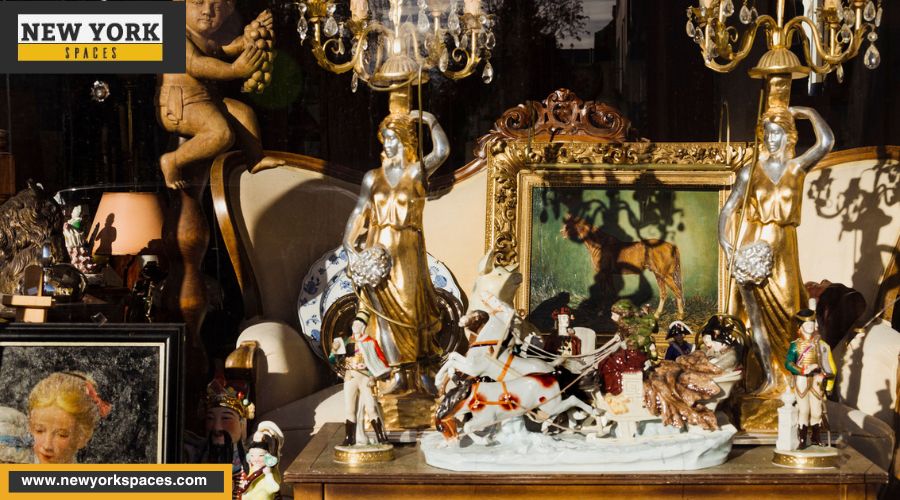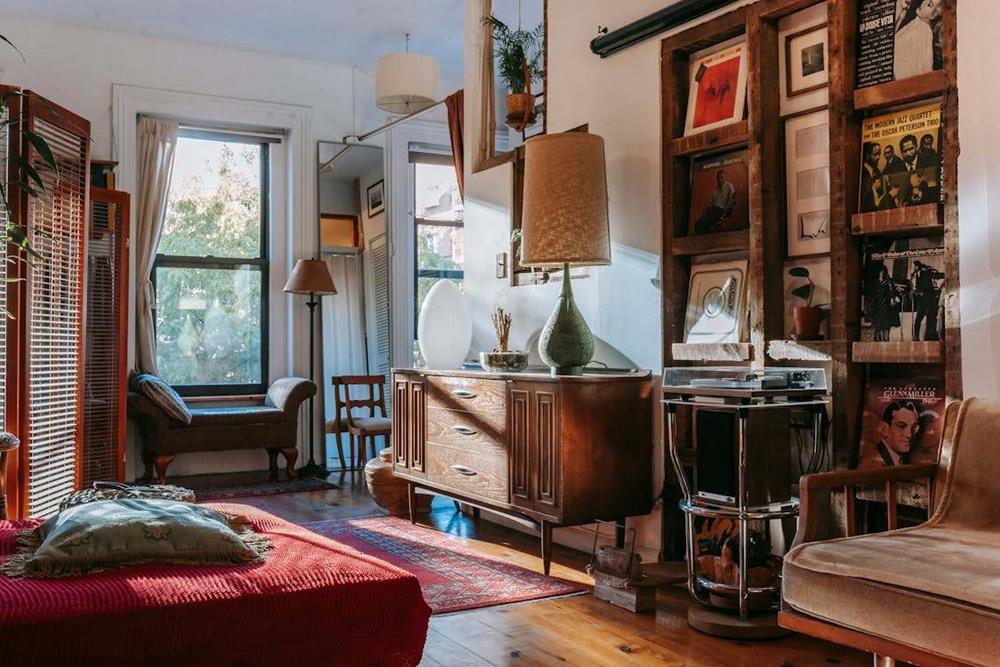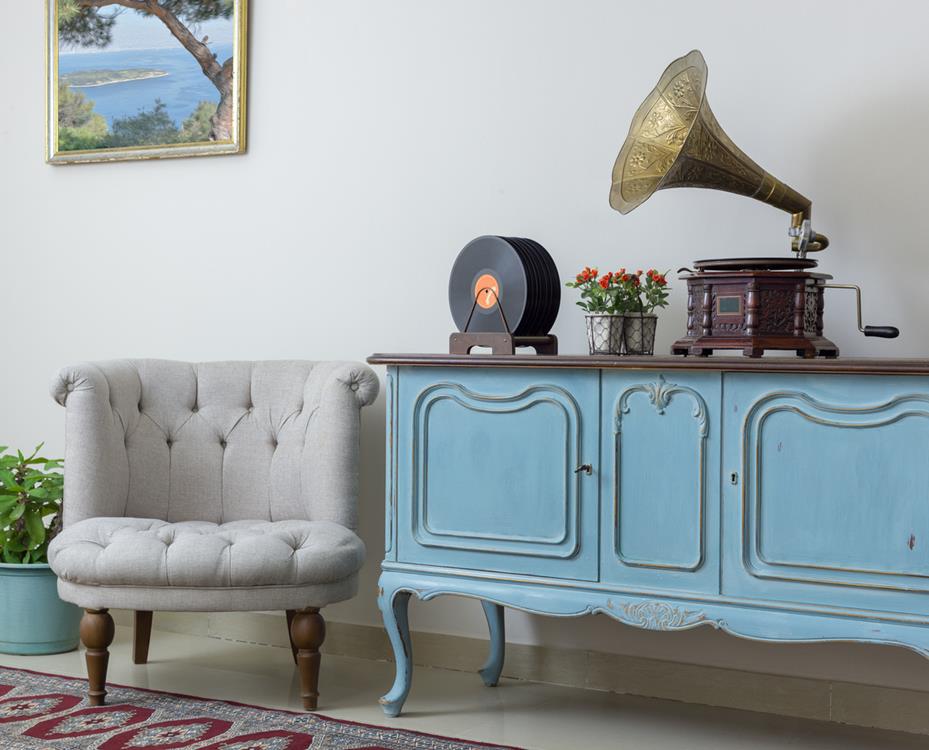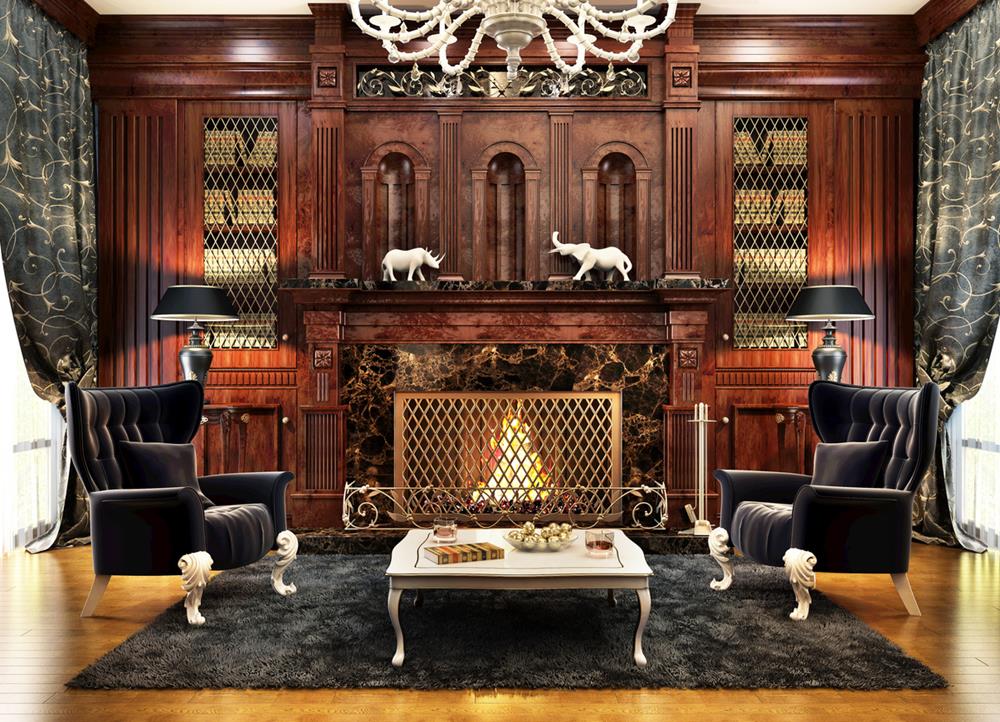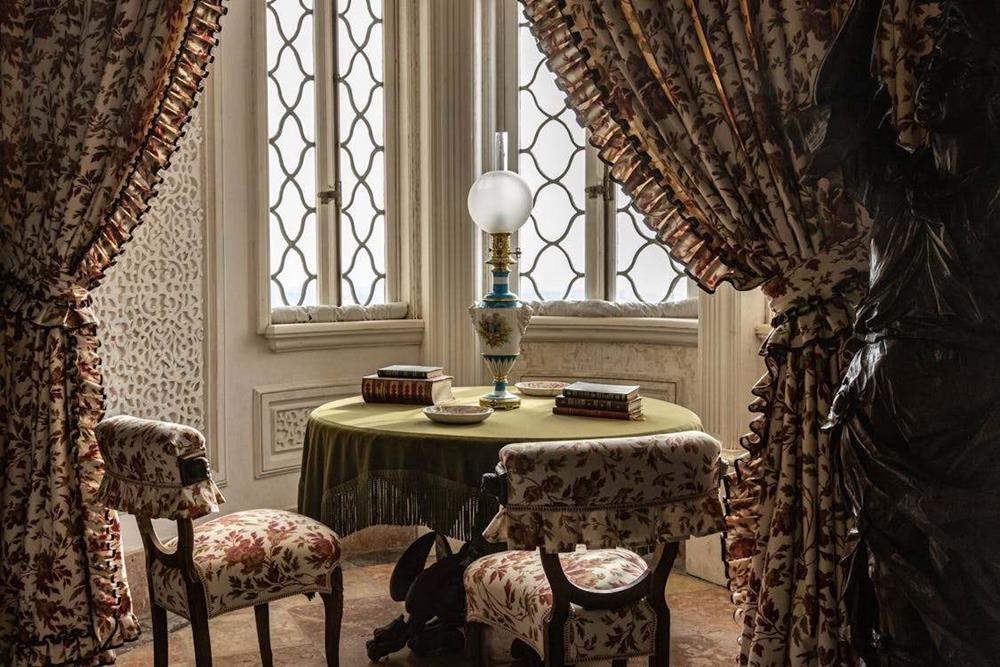The 1970s was a dynamic and transformative decade in many ways, including interior design and home decor. The era is often remembered for its bold use of color, innovative materials, and a mix of both futuristic and natural elements. This period marked a departure from the more minimalist and structured designs of the 1960s, embracing instead a more eclectic, expressive, and at times, extravagant approach.
Introduction to 1970s Home Decor
The 1970s was a decade marked by bold experimentation and a departure from the minimalist aesthetics of the 1960s. Home decor of this era is often remembered for its vibrant energy, warmth, and eclectic style, mirroring the social and cultural shifts of the time. As people sought to express their individuality and embrace new ideas, this spirit of freedom and innovation found its way into their living spaces, resulting in interiors that were as diverse and dynamic as the decade itself.
A Celebration of Color
Color was perhaps the most defining feature of 1970s home decor, with palettes that embraced both the natural and the neon. Earth tones like avocado green, harvest gold, and burnt orange grounded spaces with their warmth and comfort, reflecting the era’s growing environmental consciousness and appreciation for the natural world. At the same time, vibrant pops of color—think hot pink, electric blue, and sunny yellow—added a sense of fun, whimsy, and futuristic optimism. This fearless approach to color meant that it was not uncommon to see bold, contrasting hues living harmoniously within the same space, often in patterns and textures that added depth and interest.
Integration of Textures and Patterns
Texture played a crucial role in 1970s interiors, adding layers of complexity and comfort to rooms. The decade is well-known for its use of shag carpets, which provided a plush, inviting surface underfoot, and macrame, which added artisanal charm and organic texture to walls and windows. Upholstery in velvet, corduroy, and suede offered a tactile richness to furniture, inviting touch and relaxation.
Patterns were equally important, ranging from geometric shapes inspired by the space age to natural motifs that reflected a love for the outdoors. Psychedelic patterns, with their swirling colors and abstract forms, captured the decade’s spirit of freedom and experimentation. Wallpaper often featured bold prints, and it was not unusual to see different patterns mixed together in the same room, demonstrating a fearless approach to design.
Blend of Modern and Traditional Elements
The 1970s was a time of blending and juxtaposition in home decor. Alongside modern, futuristic designs—such as space-age lamps and modular furniture—there was a renewed interest in traditional and rustic elements. This was seen in the popularity of antique furniture, quilts, and folk art, which were often mixed with contemporary pieces to create a look that was both grounded and cutting-edge.
This blend of old and new extended to the architectural elements of homes as well, with open floor plans becoming more popular. This reflected a shift towards more casual, versatile living spaces that could adapt to the multifunctional needs of 1970s households. It was an era that broke down barriers, not just between different styles and eras of decor, but also between different areas of the home, promoting a more integrated and social environment.
Emphasis on Personal Expression
Above all, 1970s home decor was about personal expression and the rejection of prescribed, uniform styles. People felt free to mix and match influences, creating spaces that were uniquely their own. This DIY ethos was supported by the proliferation of home decor magazines and television shows, which offered ideas and inspiration that homeowners could adapt to their tastes and budgets. The result was a rich tapestry of interiors that, while distinctly rooted in the aesthetics of the 1970s, were also deeply personal and varied.
Materials and Textures in 1970s Home Decor
The 1970s marked a period of rich experimentation and boldness in the use of materials and textures within home decor. This era’s interior design is notable for its tactile diversity, blending the rustic charm of natural elements with the sleek appeal of modern synthetics. This juxtaposition not only defined the aesthetic of the time but also reflected the decade’s broader cultural movements towards both environmentalism and futuristic optimism.
Natural Materials
In the 1970s, there was a pronounced shift towards incorporating natural materials into home interiors, a trend partly inspired by the growing environmental movement and a collective yearning for a more organic, grounded lifestyle.
- Wood: Wood was extensively used, not just for flooring and furniture, but also for paneling walls and ceilings, bringing warmth and a sense of nature into living spaces. The grains and colors of different woods added depth and character to rooms, from the rich, dark tones of walnut to the lighter, more casual feel of pine.
- Stone: This was another popular choice, often used in fireplaces, tabletops, and even wall accents. The use of stone added a rugged, enduring quality to spaces, with its natural patterns and textures providing a unique, one-of-a-kind aesthetic.
- Greens: Plants became integral to 1970s decor, with indoor gardening taking off as a hobby. Large leafy plants, hanging ferns, and even small indoor trees were commonplace, serving not just as decor but also as a way to bring a piece of the natural world indoors, improving air quality and connecting the indoors with the outdoors.
The Rise of Synthetics – Embracing the New
Concurrently, the 1970s saw an embrace of synthetic materials, reflecting the era’s fascination with innovation, technology, and the space age. Plastic and vinyl, in particular, were used to create furniture and decorative items that were not only affordable and durable but also offered a wide range of colors and finishes. These materials allowed for designs that were not possible with natural materials, from molded plastic chairs in bright, bold colors to vinyl upholstery in futuristic metallics or vibrant patterns. Acrylics and other polymers were used in decorative items, from translucent lampshades to colorful, sculptural vases, adding a touch of modernity and whimsy to 1970s homes.
The Textural Tapestry
Textiles in the 1970s went beyond mere functionality; they were central to the decade’s interior aesthetic, adding layers of texture and color that enriched the living spaces.
- Velvet: It was a favorite for upholstery and curtains, prized for its luxurious feel and deep, rich colors that seemed to change with the light. This fabric added a touch of sophistication and comfort to furniture, from sofas and armchairs to decorative pillows.
- Shag Carpets: This carpet, with their long, fluffy fibers, epitomized 1970s style. Available in a wide array of colors, from neutral earth tones to bright, statement hues, shag carpets were beloved for their plush comfort and bold visual appeal. They were often used as area rugs or wall-to-wall flooring, creating cozy, inviting spaces that encouraged relaxation and casual living.
- Corduroy: Corduroy and other textured fabrics were also popular, used in both upholstery and window treatments. These materials added dimension and interest to rooms, with their ridged patterns providing a tactile quality that invited touch.
Color Palette
The 1970s era is renowned for its distinctive and memorable color palettes, which include a mix of earthy tones and vibrant hues. Some of the most famous color palettes from this period are:
- Avocado Green and Harvest Gold: A quintessential 1970s duo, these colors were often found in kitchens, appliances, and textiles, embodying the era’s penchant for earthy tones.
- Brown and Orange: This warm combination was a staple in many living rooms and bedrooms, reflecting the decade’s love for natural and autumnal shades.
- Teal and Rust: A sophisticated yet earthy pairing, teal and rust were popular for their ability to add depth and warmth to spaces.
- Sunshine Yellow and Bright White: This cheerful and vibrant palette brought a sense of optimism and energy to interiors, often used in kitchens and dining areas.
- Hot Pink and Purple: Embracing the bolder side of the 70s, this vivid combo was a nod to the era’s flirtation with psychedelic and pop art influences.
- Chocolate Brown and Camel: A more subdued and classic palette, these colors were popular in more traditional or minimalist decor, offering a sense of elegance and calm.
- Burnt Orange and Olive Green: This earthy mix was inspired by the natural landscape and was commonly used in textiles and wall coverings.
- Turquoise and Silver: Reflecting the era’s fascination with space and futurism, this palette combined the coolness of turquoise with the sleekness of metallic silver accents.
These color combinations were emblematic of the 1970s’ diverse and expressive approach to interior design, capturing the decade’s unique blend of comfort, nature, and bold experimentation.
Furniture and Layout in 1970s Home Decor
The 1970s marked a significant shift in furniture design and home layout, mirroring the era’s broader cultural trends towards flexibility, individual expression, and a more relaxed approach to living. This period in interior design is characterized by innovative uses of form, material, and spatial organization.
Bold Geometric Shapes and Dynamic Forms
Furniture from the 1970s often broke away from traditional designs, favoring instead bold geometric shapes and a dynamic interplay of curves and angles. Chairs, tables, and sofas featured rounded edges, asymmetrical forms, and angular lines, making them not just functional items but also statement pieces within a space. This was a time when designers experimented with new materials and manufacturing techniques, allowing for more creativity in furniture shapes and sizes.
The Rise of Modular Furniture
One of the era’s most significant innovations was the popularization of modular furniture, which consisted of individual units that could be rearranged or combined in various configurations. This type of furniture offered unprecedented flexibility, allowing homeowners to adjust their living spaces to suit changing needs, preferences, or activities. Modular units could serve multiple functions, from storage systems and shelving to seating arrangements, embodying the 1970s ethos of adaptability and personalized living spaces.
Embracing the Open Floor Plan
The 1970s also saw a move towards more open, fluid living spaces, with the open floor plan concept beginning to take hold. This architectural trend minimized the use of walls and barriers, creating expansive, multipurpose areas that flowed seamlessly from one function to another—living, dining, and entertaining spaces merged, fostering a sense of openness and connectivity within the home. This layout encouraged social interaction and communal living, reflecting the decade’s shift towards more casual and inclusive lifestyles.
Informal Seating and the Emphasis on Comfort
In line with the era’s preference for relaxed and informal living spaces, there was a noticeable trend towards more casual seating options. Floor cushions, bean bags, and low-profile sofas were emblematic of 1970s interior design, offering a laid-back alternative to more traditional seating arrangements. These informal seating options not only provided practical and comfortable solutions but also contributed to the relaxed and welcoming atmosphere that defined 1970s homes. They facilitated easy rearrangement and adaptation of living spaces, further emphasizing the era’s values of flexibility and casual living.
Decorative Elements in 1970s Home Decor
The 1970s was a decade of vibrant self-expression, and this was nowhere more evident than in the eclectic mix of decorative elements that adorned homes during this time. The use of various decorative items not only added layers of texture and color but also reflected the cultural, social, and technological trends of the era.
The Role of Wallpaper
Wallpaper played a significant role in setting the tone of a room, with the ability to transform spaces through its diverse patterns and colors. The 1970s saw a surge in wallpaper popularity, with designs that ranged from understated geometrics to bold, eye-catching prints. Floral patterns, often oversized and in vivid colors, brought the outdoors inside, aligning with the decade’s love for nature and organic forms. Psychedelic patterns, influenced by the pop art movement and the counterculture of the late 1960s, featured swirling colors and abstract shapes, adding a dynamic and sometimes surreal element to interiors. Geometric patterns, with their clean lines and repetitive forms, offered a more structured approach, reflecting the decade’s fascination with science and technology.
Artwork and Pop Culture Influences
Artwork in the 1970s often reflected the era’s eclectic tastes, drawing inspiration from a broad spectrum of sources. Pop art continued to influence decor, with its bold colors, graphic designs, and incorporation of popular culture icons and imagery. This was a time when art became more accessible, and reproductions of famous works could be found adorning the walls of many homes.
The space race and fascination with the cosmos also left their mark on 1970s decor, with space-themed art and decorative items becoming popular. Posters of celestial bodies, astronaut figurines, and models of spacecraft were common, reflecting the optimism and forward-looking perspective of the era.
Iconic Decorative Items
Certain decorative items became emblematic of 1970s interior design, each adding a unique touch to the home’s aesthetic:
- Sunburst Mirrors: These mirrors, characterized by their radial frames resembling the sun’s rays, added a dramatic focal point to any room, blending art with functionality.
- Lava Lamps: With their mesmerizing, slow-moving blobs of colored wax, lava lamps became a symbol of 1970s counterculture, adding a playful and psychedelic touch to interiors.
- Macrame Wall Hangings: The art of macrame, involving the knotting of cords or strings into decorative patterns, saw a resurgence. Wall hangings, plant hangers, and other macrame items added a handmade, bohemian vibe to homes.
- Terrariums: Reflecting the decade’s interest in nature and ecology, terrariums allowed homeowners to create miniature landscapes inside glass containers, bringing a piece of the natural world into the domestic sphere.
Lighting in 1970s Home Decor
Lighting in 1970s home decor was characterized by a variety of styles and innovations, reflecting the era’s eclectic tastes and the embrace of new materials and technologies. Here’s a list highlighting the key lighting trends and types from the 1970s:
- Lava Lamps: Iconic of the era, lava lamps featured colorful, moving wax in a liquid that created a mesmerizing, psychedelic effect, perfect for mood lighting.
- Fiber Optic Lamps: These lamps used fiber optic technology to create a futuristic look with their fine strands glowing in different colors, often used as accent lighting.
- Track Lighting: Gaining popularity in the 1970s, track lighting offered a flexible solution where individual lights could be adjusted and directed to highlight specific areas or objects.
- Pendant Lights: These hanging lights came in various futuristic shapes and materials, including glass, metal, and plastic, and were often used over dining areas or as statement pieces in living rooms.
- Globe Lamps: Spherical, globe-shaped lamps, both as table lamps and hanging fixtures, were popular for their simple yet modern aesthetic.
- Chrome and Metallic Fixtures: Reflecting the era’s fascination with space and technology, chrome and other metallic finishes were prevalent in lighting fixtures, adding a sleek, modern touch to interiors.
- Tiffany-style Lamps: These stained-glass lamps, reminiscent of Art Nouveau, saw a revival in the 1970s, adding a touch of vintage elegance to homes.
- Sunken Lights: Also known as recessed lighting, these fixtures were embedded into ceilings, providing a clean, unobtrusive lighting solution that complemented the era’s minimalist trends.
- Dimmer Switches: The introduction of dimmer switches allowed for adjustable lighting levels, enabling homeowners to alter the ambiance of a room with ease.
- Paper Lanterns: Influenced by Asian decor trends, paper lanterns provided a soft, diffused light and added an element of global decor to 1970s homes.
- Colored Glass Fixtures: Lighting fixtures featuring colored glass not only illuminated spaces but also cast colorful, ambient light, adding to the room’s mood and aesthetic.
- Arc Lamps: These floor lamps had a long, curving arm that extended over seating areas, providing direct lighting with a modern, sculptural form.
Each of these lighting types contributed to the distinctive and diverse look of 1970s home decor, blending functionality with bold design statements and innovative technology.
Influence of Global and Historical Styles
During the 1970s, the world of home decor opened up to embrace a rich tapestry of global and historical influences, fueled by an increase in international travel and a burgeoning interest in diverse cultures and philosophies. This eclectic approach led to the incorporation of various cultural elements into interior design, such as the plush comfort of Moroccan poufs, the elegant simplicity of Japanese screens, and the clean, functional lines of Scandinavian furniture. These influences not only added a layer of cosmopolitan sophistication to home interiors but also reflected the era’s broader aspirations towards a more interconnected and harmonious global community, blending the best of different traditions to create spaces that were both worldly and personal.
Conclusion
The 1970s was a decade of bold experimentation in home decor, with an emphasis on individual expression and the blending of various styles and influences. The era’s distinctive approach to color, texture, and form left a lasting impact on interior design, elements of which continue to inspire and resonate in contemporary decor trends. While some aspects of 1970s decor might seem dated or over-the-top by today’s standards, the decade’s spirit of creativity and personalization in home design is something that continues to be celebrated and revisited.

